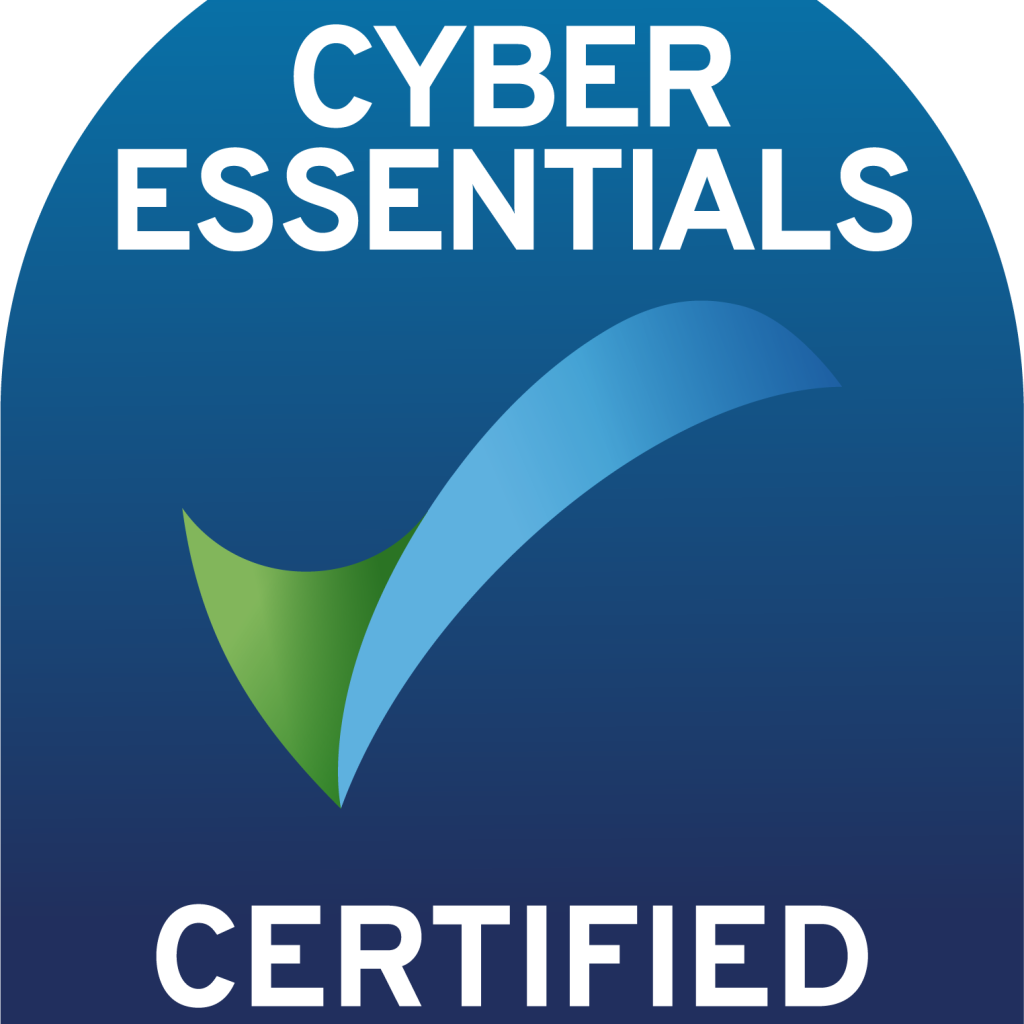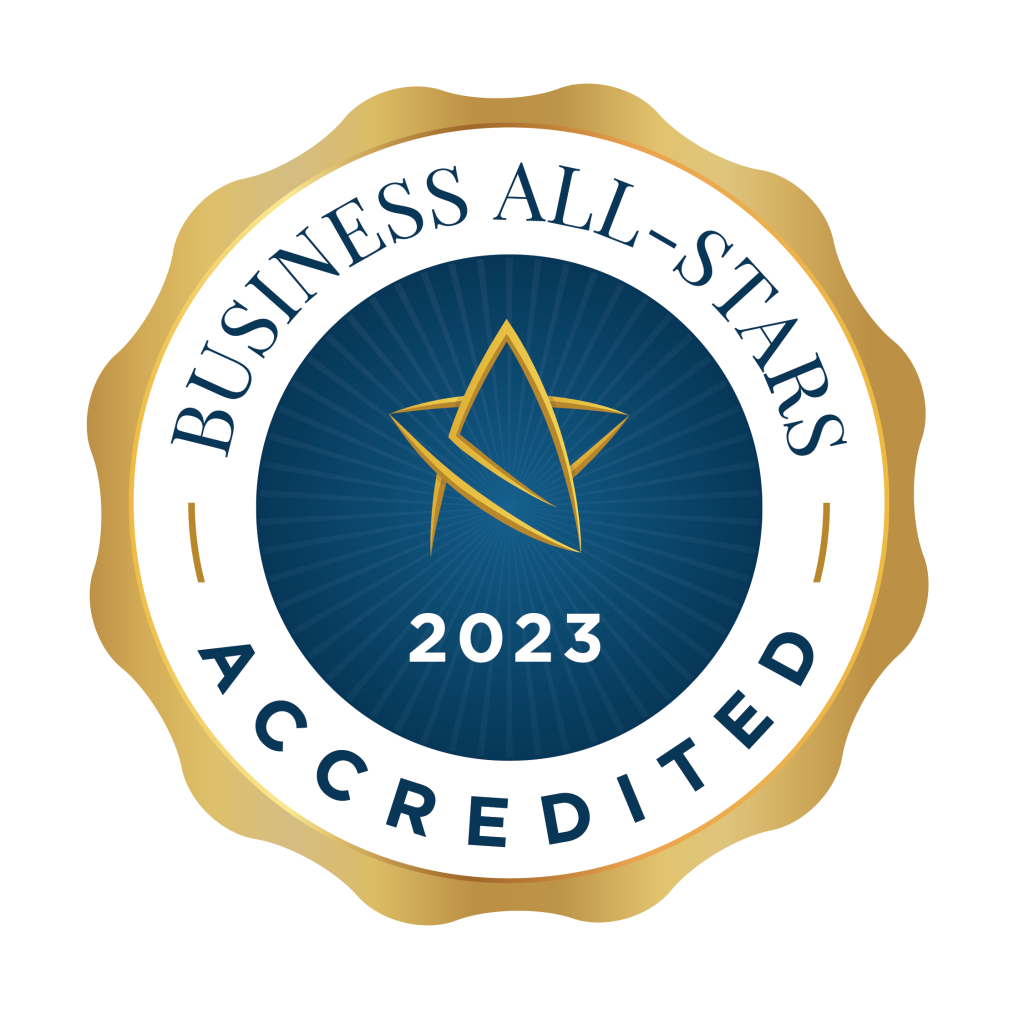| Assign a Part Number | PCB Name/Part Number, including a revision number to clearly identify this part. | Use this same name if you are going to place an order later, and also label the data.zip with the same name to prevent any mix up. | |
| No. of Layers | 1 (Single Sided), 2 (Double Sided), 4,6,8,10, etc. (multi-layer). | | |
| Quantity Required | How many boards do want? | Perhaps submit a quote request for different quantities to get an idea of the best value available. | |
| PCB Size | Length x Width, and specify the units. | An approximate size could result in a difference between the quoted price and the invoice. (101mm x 120.5mm is not 100mm x 120mm). | |
| Material Required | Determined by the environmental conditions that the PCB is required to operate under, as well as the job it is required to do. | PCB manufacturers may not have specialised material in stock and will need time to source it. | |
| Finished Material Thickness | Minimum thickness is 0.2mm (0.0078")
Maximum thickness 2.0mm (0.078") | We also offer Flex and Flex-rigid PCB options. | |
| Multi-Layer Build | Most manufacturers differ slightly in their standard multilayer builds. For high-tech multilayer and impedance control, this is important. | Special layer builds may incur extra charges | |
| Finished Copper Weight | Specify the finished copper weight required measured in ounces. | The higher the finished Cu weight required, the bigger the min track/gap allowable will be. | |
| Surface Finish | Various options available giving different soldering, operating and longevity. properties. | See our PCB Capabilities page for more details. | |
| Soldermask | Prevents oxidation of the PCB and solder bridges between closely spaced solder pads. | Various colour options available. High Tg soldermasks are also available on request. | |
| Silkscreen | Do you want it on one or both sides? | Various colour options available. | |
| Board Panelisation | Do you require your boards delivered to you as single units or do you want them delivered in panel format. | Options for panel format include scoring or help on pips. Panel details must be supplied with the order. | |
| Electrical Test | Do you want your boards to be electrically tested against the Gerber files or netlist that you supply? | Additional charge will probably apply. See quote. | |
| Impedence | Do any lines on your PCB require controlled impedance? | If you require impedance control and the manufacturer can produce it, there will be added cost implications. | |
| Min Gaps | Please specify the minimum gaps on you board. Pad/Pad, Track/Track and Pad/Track. Again some manufactures are limited by the minimum spacing that can be produced. | Could cause unnecessary delays to your project if the manufacturer discovers they cannot produce the boards because they are below their minimum spec. | |
| Min Drill Size | Manufactures will have a specified minimum drill size that can be produced conventionally. | If they offer a laser drilling service for smaller vias, it will have cost implications. | |
| Blind/Buried Vias | Only a requirement of multi-layer PCBs, these require extra manufacturing processes to the standard through-hole via. | This is an important consideration when pricing the PCBs. | |
| Vias Capped | Vias placed on smd pads are capped and plated over. | See the definition section of our PCB Capabilities page for more details. | |
| Peelablemask | Provides protection to special areas during surface finish or soldering processes. | See our PCB Capabilities page for more details. | |
| Plated Slots / Cutouts | Define these clearly in the board outline layer. | May incur extra charges. | |
| Plated Board Edges | Often required in RF circuits and otherwise know as castellations the top and bottom are connected by plating on the board edge. | Not all manufacturers can produce boards with plated edges. If you require them, please specify at the quotation stage as some design alterations may be required. | |
| Gold Plated Edge connector | Hard gold is is often required on the contact fingers of a plug in device. | May incur extra charges. | |
| Carbon Ink | Often applied to keypads or push button contacts. | | |
| Lead Time | How fast do you want your boards? | We aim to have any engineering questions (EQs) cleared up within 24 hours, and the working days begin from the time all answers are given. EQs arise when our manufacturers do not have sufficient information from the design files. | |
| Markings | Do you require any date code, UL code or other markings such as manufacturer’s logo? | If so, please supply details of the location where you want the markings and details of how you want the markings on the PCBs (Copper, Soldermask or Silkscreen). | |
| The Data | As a rule each layer of the PCB requires a separate Gerber file (RS274X format preferably). A separate Gerber file is also required for the soldermask on each side of the board as well as the silkscreen layers, peelable soldermask, etc., as required. Ideally, a separate gerber file of the board outline including any slots or cutouts is also required. Drilling information must be supplied in NC format. | If the drill sizes are not included in the NC drill files, then a separate report file with the sizes and plating details must also be sent. Make sure that the hole sizes supplied are the finished hole sizes. For example, if you require a 6 layer PCB with soldermask and silkscreen on top and bottom, then you must supply 11 Gerber files. You must also then supply an NC drill file which will include the plated and non-plated drills and a report specifying which drills are plated and which drills are non-plated. | |
 Mint Tek is building a platform and a network of PCB manufacturing and hardware prototype assembly partners to make this process simple, cost-effective and easy for busy hardware developers.
[
Mint Tek is building a platform and a network of PCB manufacturing and hardware prototype assembly partners to make this process simple, cost-effective and easy for busy hardware developers.
[
